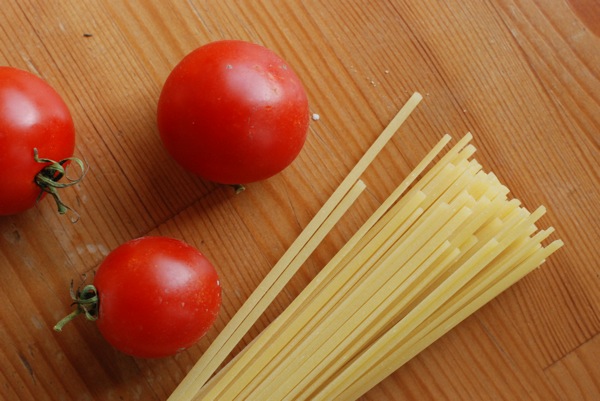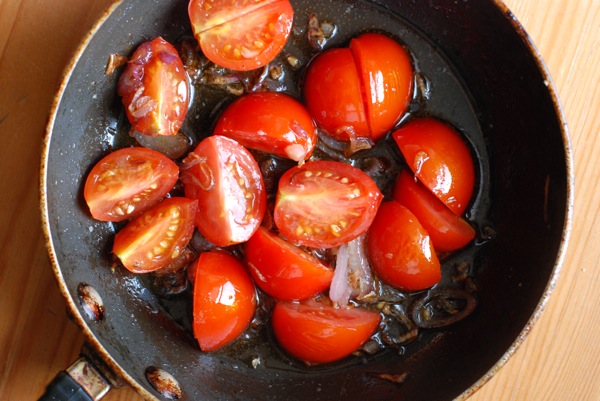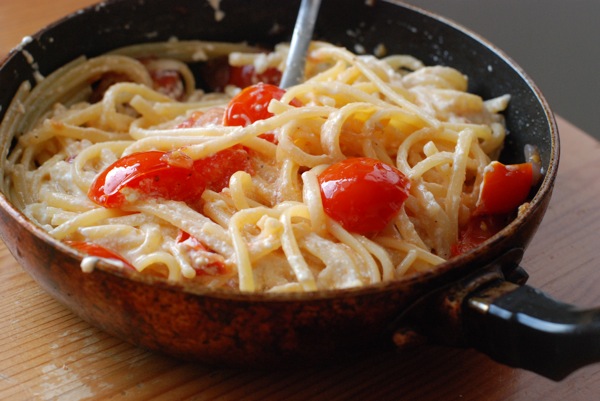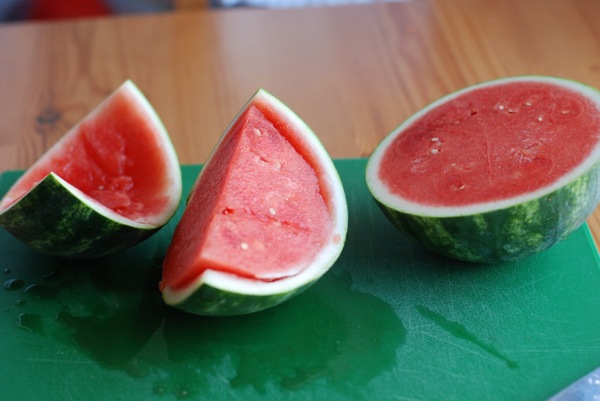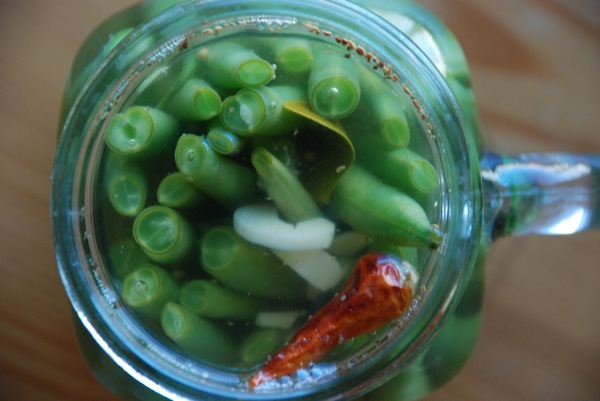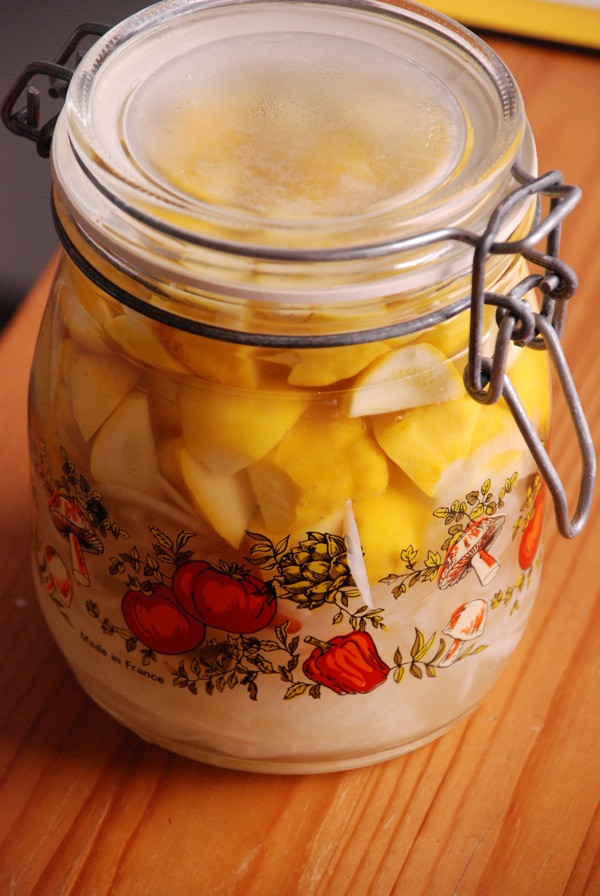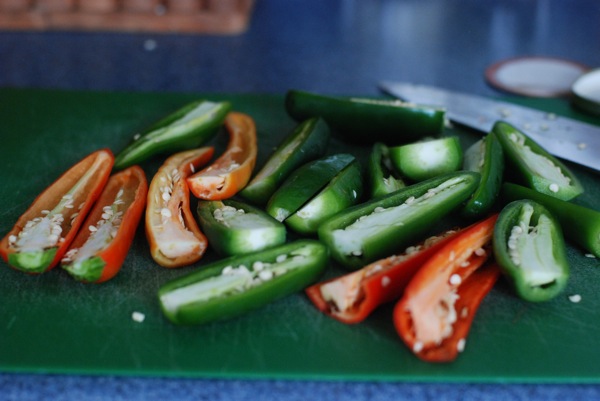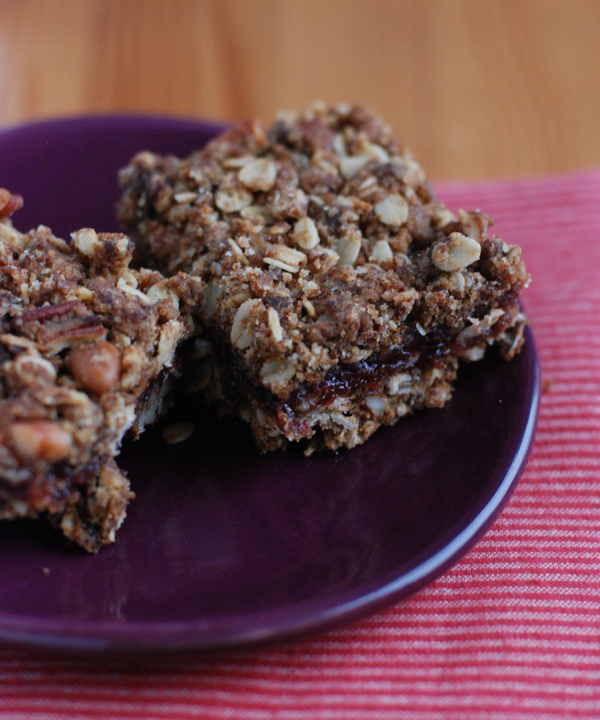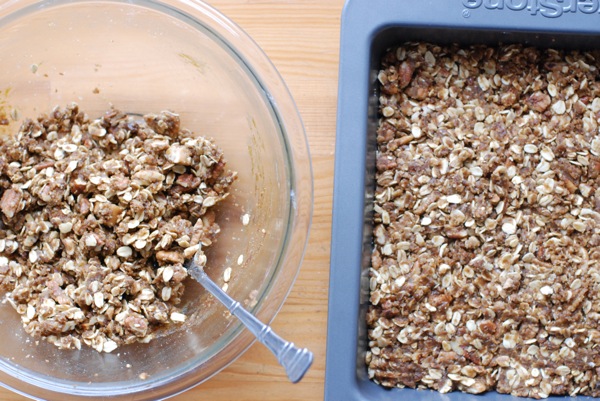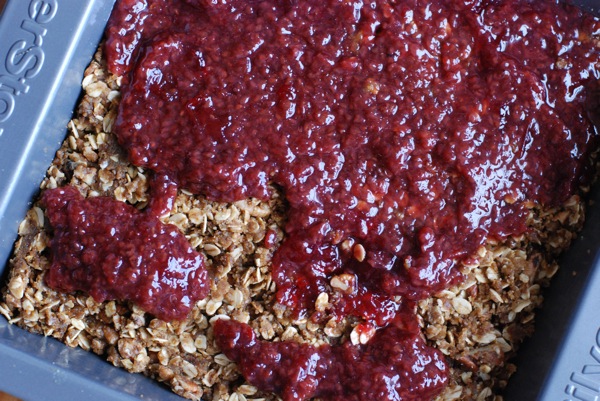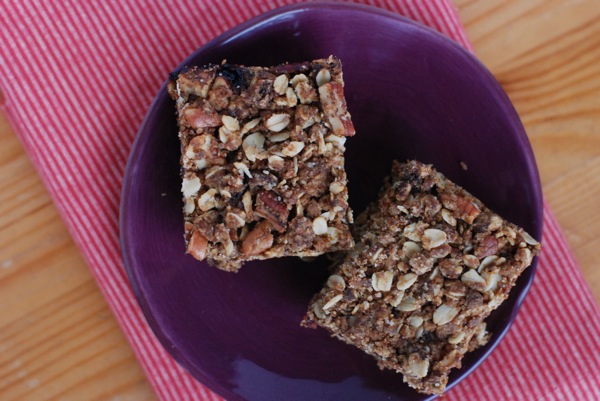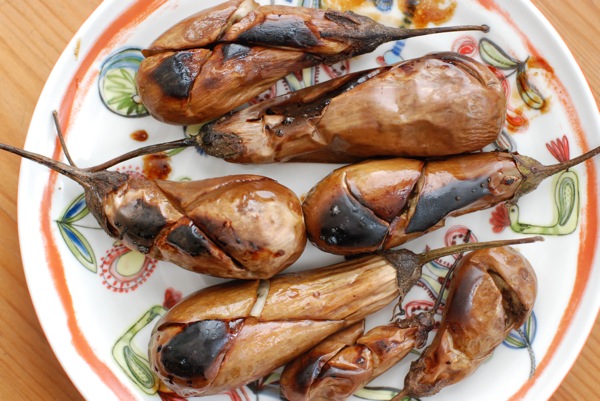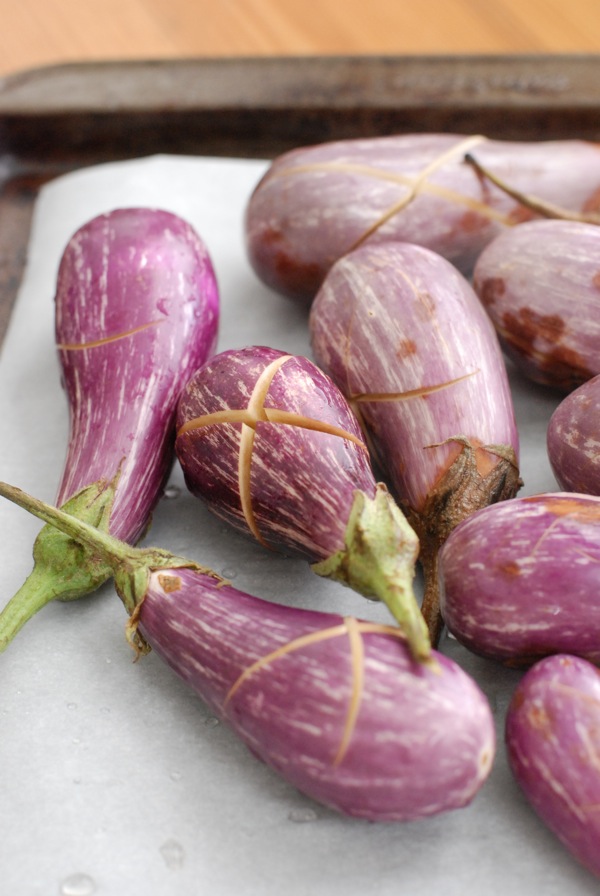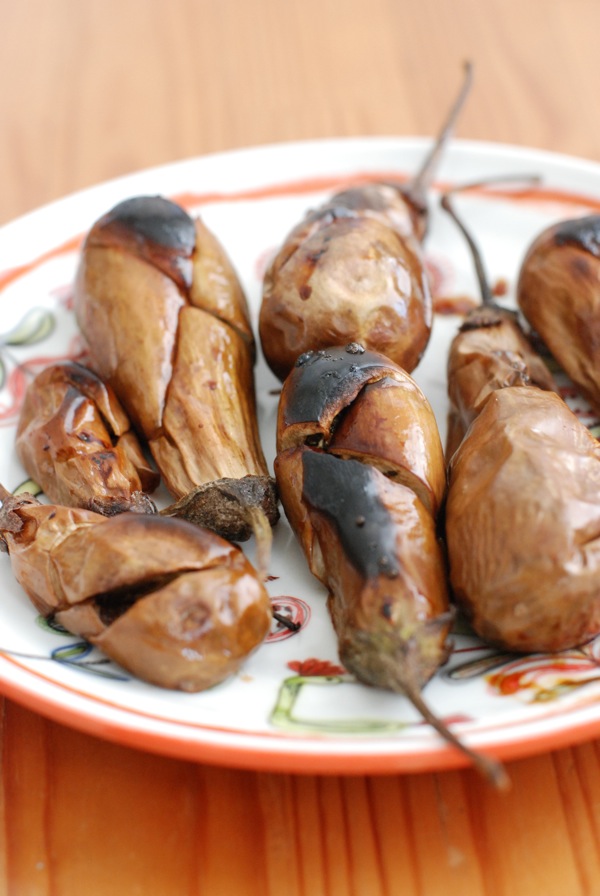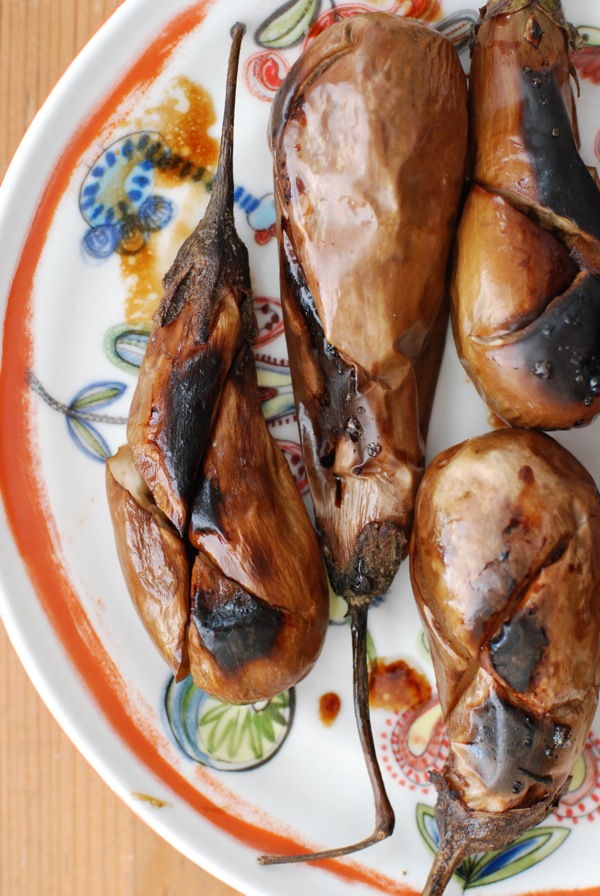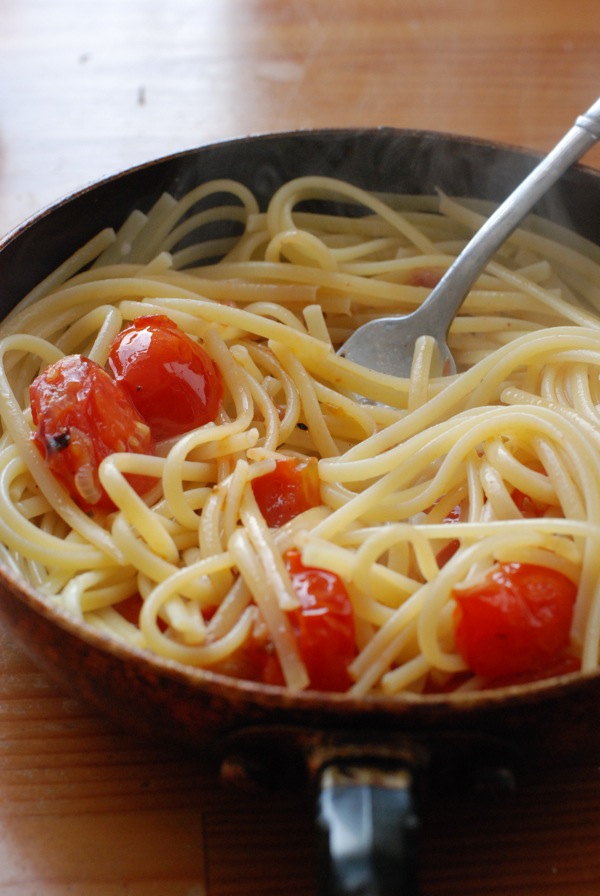 Where we live, time is running out to make this sauce. Tomatoes are on their last legs here in the Northeast, and I've been alternating between panic and panicking on and off for the past three weeks about their impending disappearance.
Where we live, time is running out to make this sauce. Tomatoes are on their last legs here in the Northeast, and I've been alternating between panic and panicking on and off for the past three weeks about their impending disappearance.
By now, you've seen posts on cream of roasted tomato soup and sundried tomatoes. Everyone's trying to squeeze the last little bit out of summer's tomato bounty, and really, who can blame them? I'll be doing the same -- there are many jars of oven-roasted tomatoes in my future -- but for now, I'm chopping the last of those tomatoes raw into my bowls of pasta and enjoying them in their juicy, fresh state while I still can.
This may not be the first you've heard of fresh tomato sauce: Mark Bittman wrote about it recently for the New York Times. When he did, I breathed a sigh of relief, realizing suddenly that I, like Bittman, have been making this sauce for years, and only now had it occurred to me that it might actually be a recipe worth sharing. Truth be told, that's not 100% accurate. I've actually been taking pictures of bowls of pasta with fresh tomato sauce for two years now -- whether its just the tomatoes, tomatoes with a pillow of ricotta or mozzarella mixed in, or with some other vegetables (zucchini, mushrooms) added in. This dish is a staple of my diet, and I'm appreciative to Bittman for making me realize just how post-able it is.
The beauties of fresh tomato sauce are many. While long-simmered sauce makes an ideal accompaniment to a deep bowl of noodles in January, fresh tomato sauce on a handful of spaghetti reminds you that, yes, there was a summer season and no, it wasn't so long ago. Fall brings a tendency to slip prematurely into hibernation; fresh tomato sauce holds us back.
The method couldn't be simpler. A shallot and some butter or olive oil mingle over the heat. Pieces of chopped fresh tomato -- any tomato really, though don't use heirlooms here; I've had success with everything from big red beefstakes to baby yellow cherries -- and are added, along with some salt, and the heat is raised slightly. The pan is shaken enough to get everything distributed, and before you know it, the pasta is just shy of al dente, and it's heading for those tomatoes to finish cooking. The whole mess is topped with either a shower of finely grated parmesan or a spoonful (or several) of fresh ricotta cheese. Mixed. Plated. Consumed.
The recipe I provide below serves 4, but I make this meal most frequently to serve just one. It's the ideal food for those evenings you're alone in the apartment, ready to curl up on the couch and indulge in something comforting. And, in case I wasn't super clear, this is a sauce to be made now. Get cookin'.
Pasta with Fresh Tomato Sauce serves 4
1 pound long pasta: spaghetti, vermicelli, and linguini are all great 1 shallot, chopped 3 tablespoons butter or olive oil 1 1/2 pounds fresh red or yellow tomatoes (no need to use heirlooms here; their nuance will be lost in the sauce) salt and pepper finishing flourishes, including a handful of ripped basil leaves, a generous grating of parmesan, a scoop full of fresh, milky ricotta, or anything else you want
Bring plenty of salted water to a boil in a large pot. When at a rolling boil, add pasta, stir to separate noodles, and return to a boil. Cook until just shy of al dente.
Meanwhile, heat butter or olive oil in a wide shallow pan over medium. When butter foams or oil shimmers, add chopped shallot. Shallot should sizzle. 30 seconds later, add tomatoes. Turn heat to low. Cook 5-7 minutes, until tomatoes have softened and smoothed together somewhat. You're not looking for a completely smooth sauce; you just want the tomatoes to break up, to absorb the butter, and to mix in with the shallots. When this happens, you're golden.
By now, your pasta should be not-quite al dente. Drain, and transfer into pan with sauce. Toss to incorporate, and cook a scant additional minute. Add cheese and/or basil, transfer to platter, and serve.
